Nissan Leaf
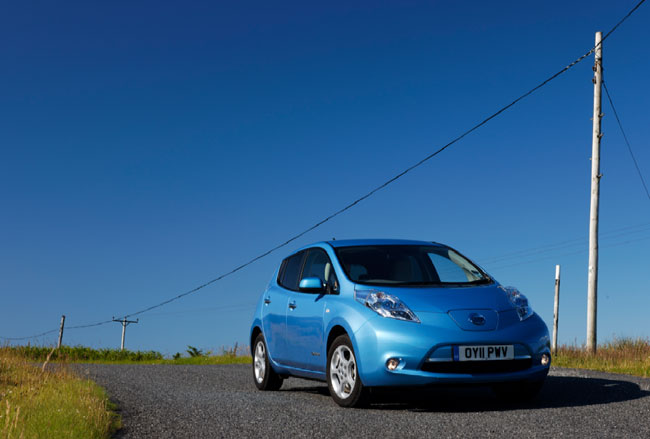
The concept of electric motoring has been nudging our consciences for some years now. The motor industry is partial to outlandish space-age prototypes that never see the light of day. The Nissan Leaf, however, is different. The giant Japanese manufacturer has devoted its abundant R&D budget into making a plausible stab at electric propulsion for the masses.
The eagerly anticipated Leaf is the world's first mass-market all-electric, emission-free, five-door family hatchback. An early production example was unveiled at Nissan's Yokahama headquarters in August 2009. The earliest models were dispatched to expectant Japanese and US owners from December 2010 and by the end of next year, this EV hatch will be widely available across an expanding European market.
Wallpaper* got its first Leaf fix in Isla in the Inner-Hebrides - a bold location strategy designed to prove the Leaf is not solely a city run-around but also a fully-equipped car that withstands conditions in the remotest of outposts.
The Leaf is based on an all-new platform, which in turn needs to house the hefty battery pack. These are much improved lithium-ion cells, manufactured by the Automotive Energy Supply Corporation (AESC), a joint venture between Nissan and NEC. The second generation cells have the capability of storing twice the energy of the previous technology, extending potential driving range up to over the 100 mile mark, a distance Nissan feels confident will satisfy the daily driving demands of most customers.
These distances are inclined to vary dependant on driving style; an aggressive period of heavy footedness will see the distance gauge (which replaces the typical fuel level reading) plummet substantially, so driving the Leaf can be something of a balancing act, especially for the range-anxious among us. Regenerative braking - which converts kinetic energy back into generative power - helps conserve precious electricity.
The big question mark against any new technology is price. Nissan has invested heavily in the Leaf and as a result the price is part subsidised. In the UK, owning a Leaf means exemption from road tax and congestion charging, and these grants and tax breaks are still an integral part of the EV movement.
Despite these caveats, the Leaf is very simple to use. Convenience is of paramount importance. Right now, the public EV recharging infrastructure is in its infancy so locating charging points while on the road is a challenge in itself (although the onboard electric drive technology will keep you updated of the location of the nearest station). When you do manage to locate a public quick charger you can expect to have 80% charge in as little as 45 minutes. At home charging uses 240V -16A outlet (household plug socket) and a full charge will take somewhere between seven and eight hours, costing as little as £2 per charge.
Receive our daily digest of inspiration, escapism and design stories from around the world direct to your inbox.
Inside, the Leaf's cabin is a light and comfortable space, with its EV-relevant displays and plenty of gadgets and gizmos. In motion the Leaf is eerily silent until above 20 mph, where road noise becomes more apparent. The car handles well, thanks to the low centre of gravity created by the battery pack.
Nissan views the Leaf as the start of its EV onslaught. A people carrier and a light commercial van are apparently in preparation, with other pure EVs being readied for future launch. As the first major manufacturer to set out its stall in the impending EV-era, Nissan hopes its swiftness to market will deliver eventual supremacy. By the end of 2012, however, it'll be a very different landscape. Current competition like the
Mitsubishi i-MiEV and Peugeot iOn will soon be joined by the Chevrolet Volt, the Renault Zoe, Ford's Focus Electric and many more.
With the slow but steady improvement in battery technologies and the steady spread of the EV charge infrastructure, this hugely important market sector is gaining momentum by the day. The Leaf is a highly credible first step, and a worthy - if pricey - alternative to a conventional car.

Wallpaper* got its first Leaf fix in Isla in the Inner-Hebrides - a bold location strategy designed to prove the Leaf is not solely a city run-around but also a fully-equipped car to withstand conditions in the remotest of outposts
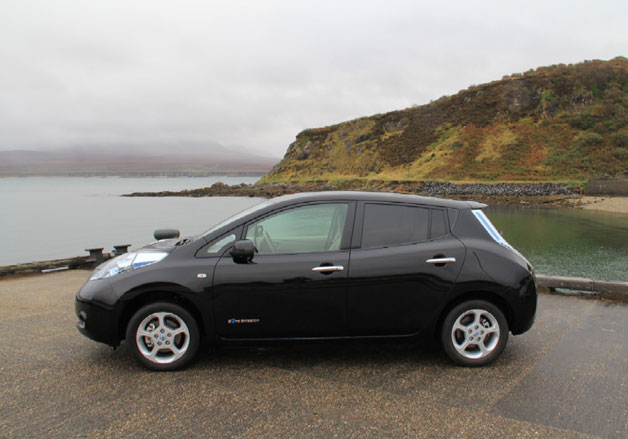
The Leaf is based on an all-new platform, which in turn needs to house the hefty battery pack. These are much improved lithium-ion cells, manufactured by the Automotive Energy Supply Corporation (AESC), a joint venture between Nissan and NEC
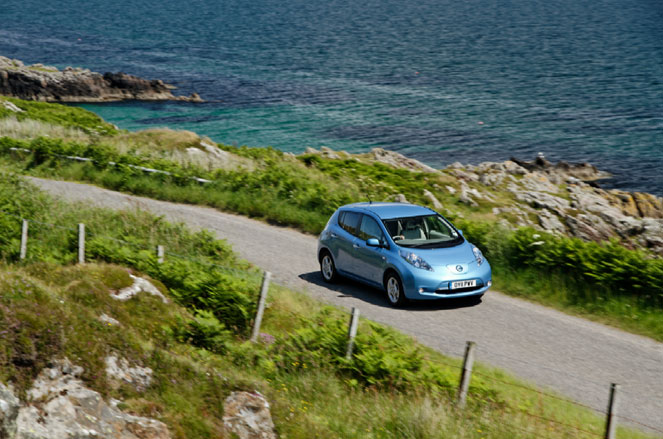
These second generation battery cells have the capability of storing twice the energy of the previous technology, extending potential driving range up to over the 100 mile mark, a distance Nissan feels confident will satisfy the daily driving demands of most customers
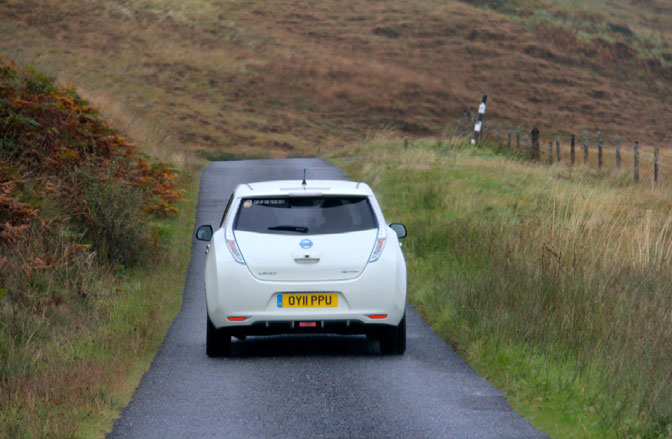
Nissan have invested heavily in the Leaf and as a result the price is part subsidised. In the UK, owning a Leaf means exemption from road tax and congestion charging, and these grants and tax breaks are still an integral part of the EV movement
-
 Curvilinear futurism meets subtropical beaches at Not A Hotel’s ZHA-designed Okinawa retreat
Curvilinear futurism meets subtropical beaches at Not A Hotel’s ZHA-designed Okinawa retreatZaha Hadid Architects has revealed the design for the first property in Not A Hotel’s futuristic new Vertex collection, coming soon to southern Japan
-
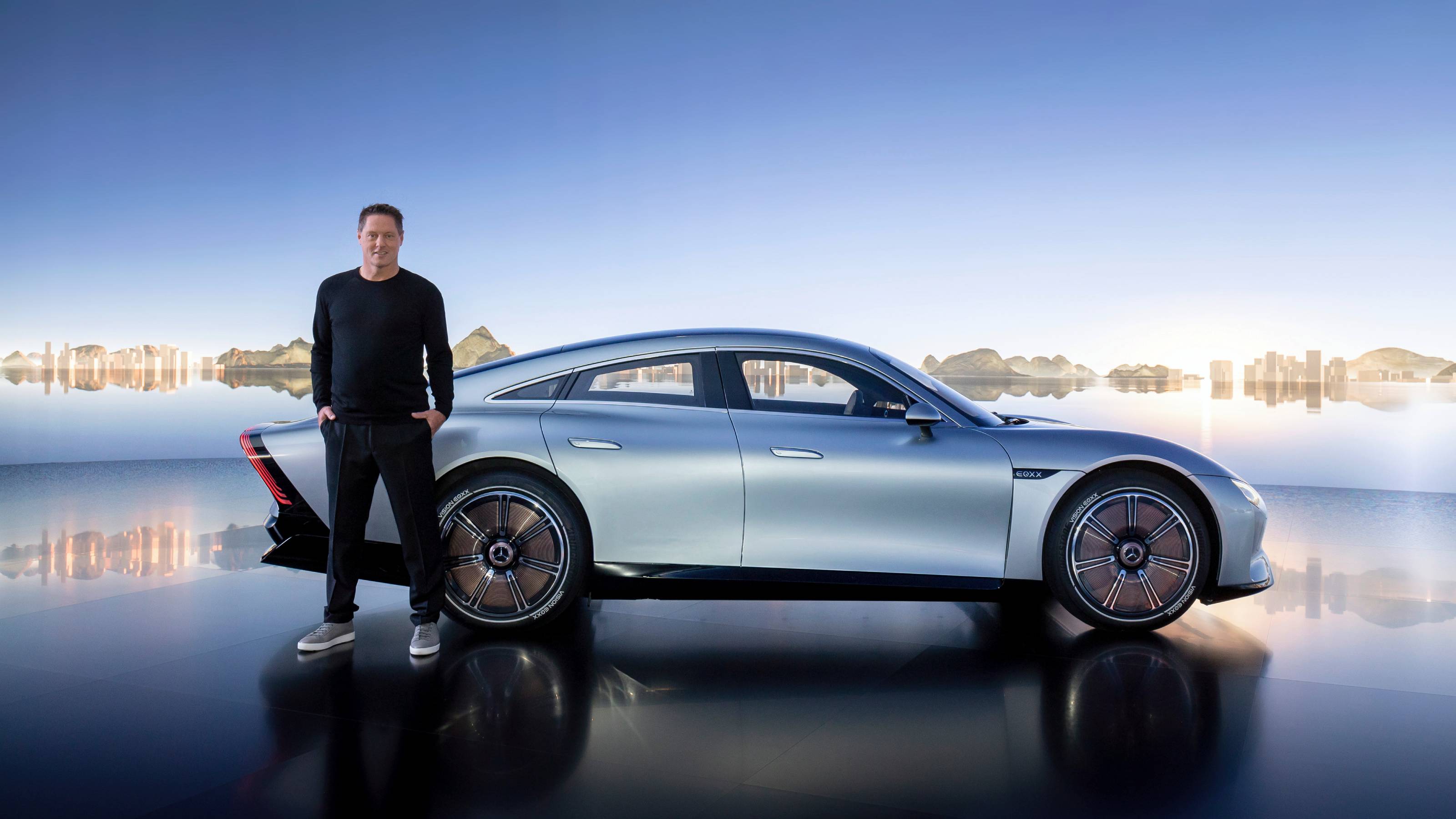 Gorden Wagener leaves the helm of Mercedes-Benz design after 28 years with the company
Gorden Wagener leaves the helm of Mercedes-Benz design after 28 years with the companyThe German designer is stepping down from the role of chief design officer at Mercedes-Benz. We look back at his influence and impact on the world of automotive and luxury design
-
 These Christmas cards sent by 20th-century architects tell their own stories
These Christmas cards sent by 20th-century architects tell their own storiesHandcrafted holiday greetings reveal the personal side of architecture and design legends such as Charles and Ray Eames, Frank Lloyd Wright and Ludwig Mies van der Rohe
-
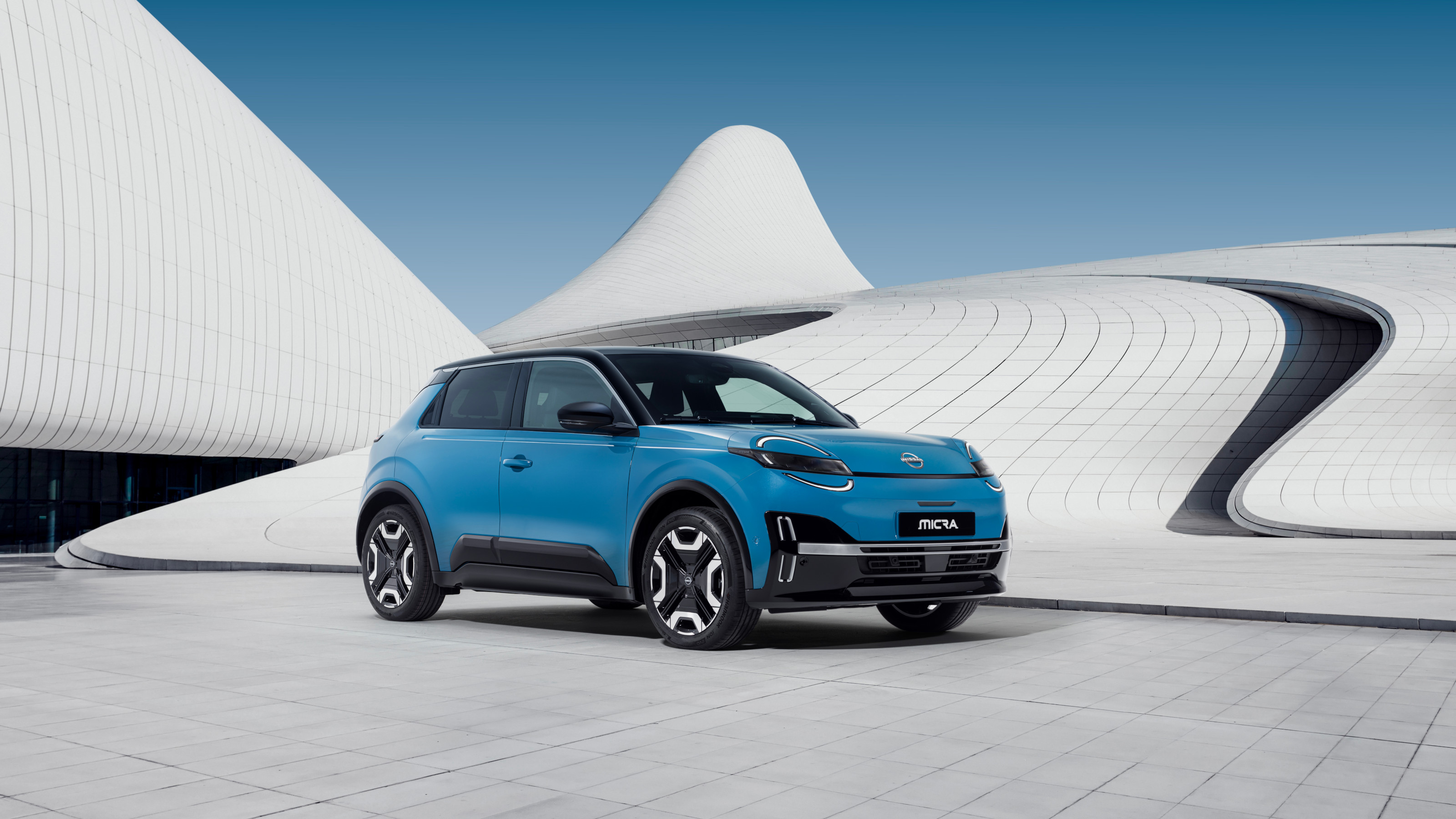 The Micra (finally) goes electric as Nissan ramps up its range of EVs
The Micra (finally) goes electric as Nissan ramps up its range of EVsThe compact Nissan Micra was once a global bestseller. After getting an early head start on electric mobility, the Japanese giant is looking to a new version of its small car to recharge its status
-
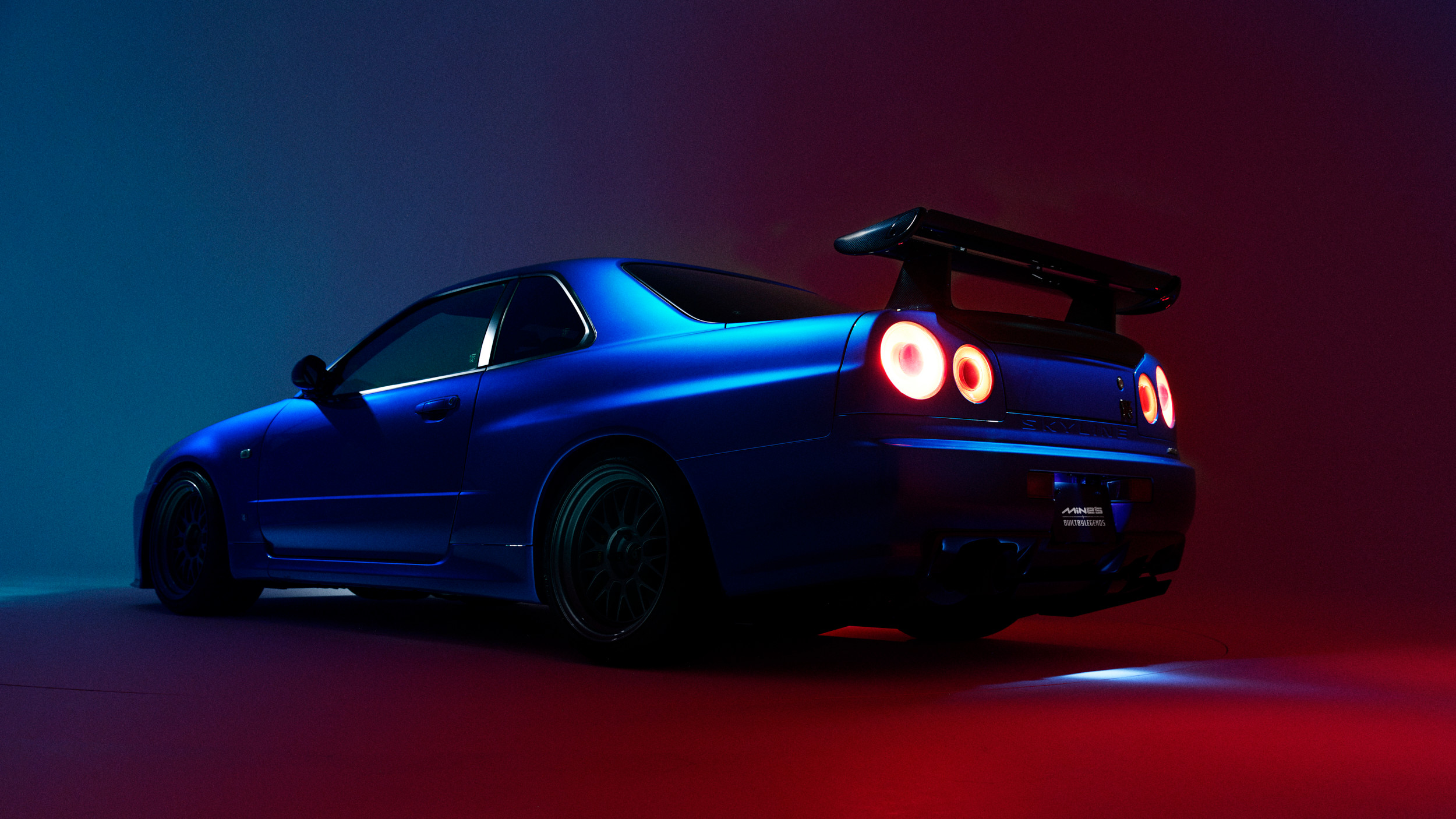 Tokyo firm Built By Legends gives fresh life to a performance icon, Nissan’s R34 GT-R
Tokyo firm Built By Legends gives fresh life to a performance icon, Nissan’s R34 GT-RThis Japanese restomod brings upgrades and enhancements to the Nissan R34 GT-R, ensuring the cult of the Skyline stays forever renewed
-
 New-generation car camping and roof tents for luxury-loving adventurers
New-generation car camping and roof tents for luxury-loving adventurersCar camping is having a moment. While Hyundai and Porsche can get you kitted up, we explore other options
-
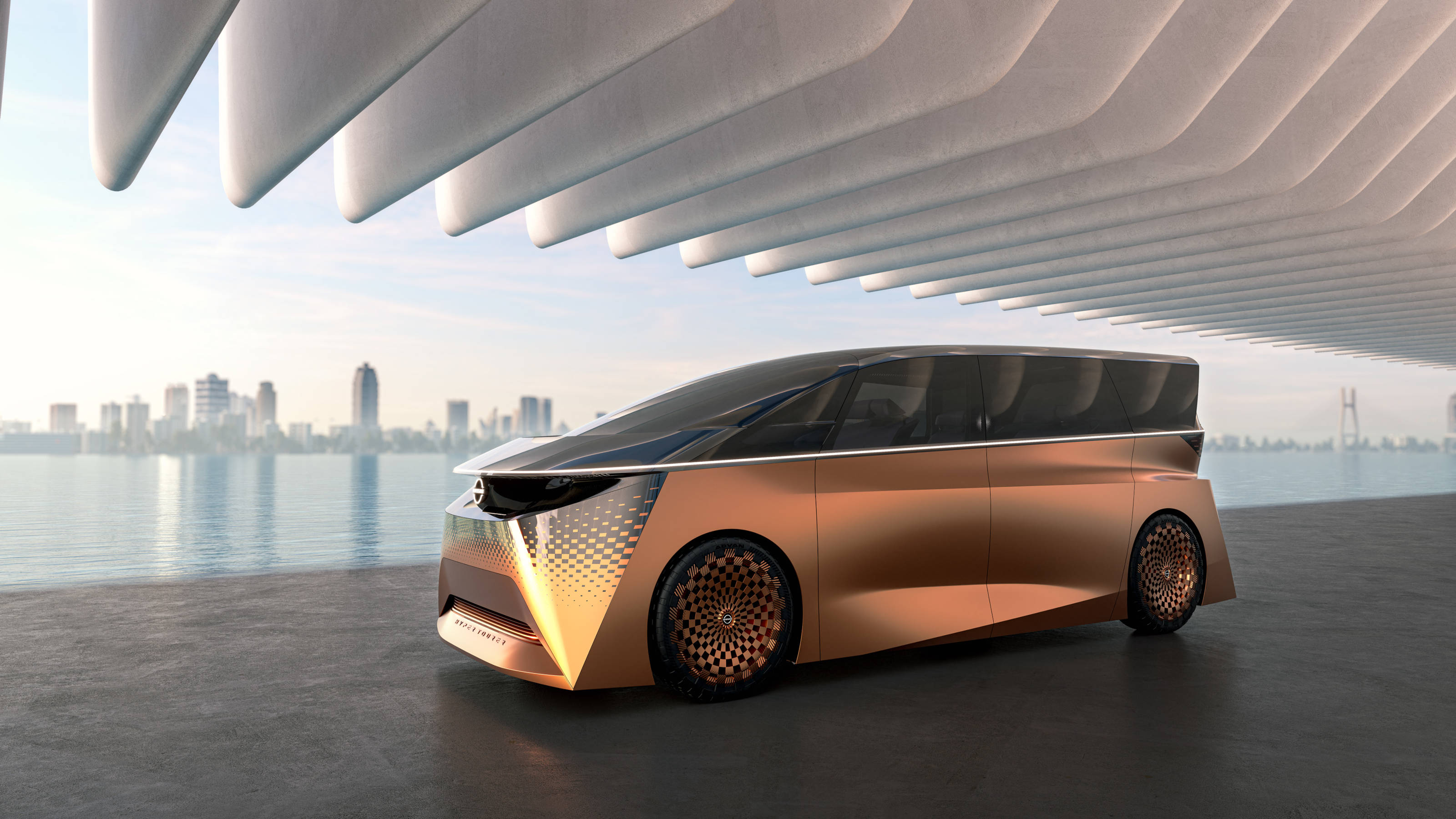 The debut Japan Mobility Show saw the country’s carmakers preview the near future
The debut Japan Mobility Show saw the country’s carmakers preview the near futureThe 2023 Japan Mobility Show offered up a vast array of futuristic transportation, from concept sports cars to autonomous taxis, and eVTOL aircraft
-
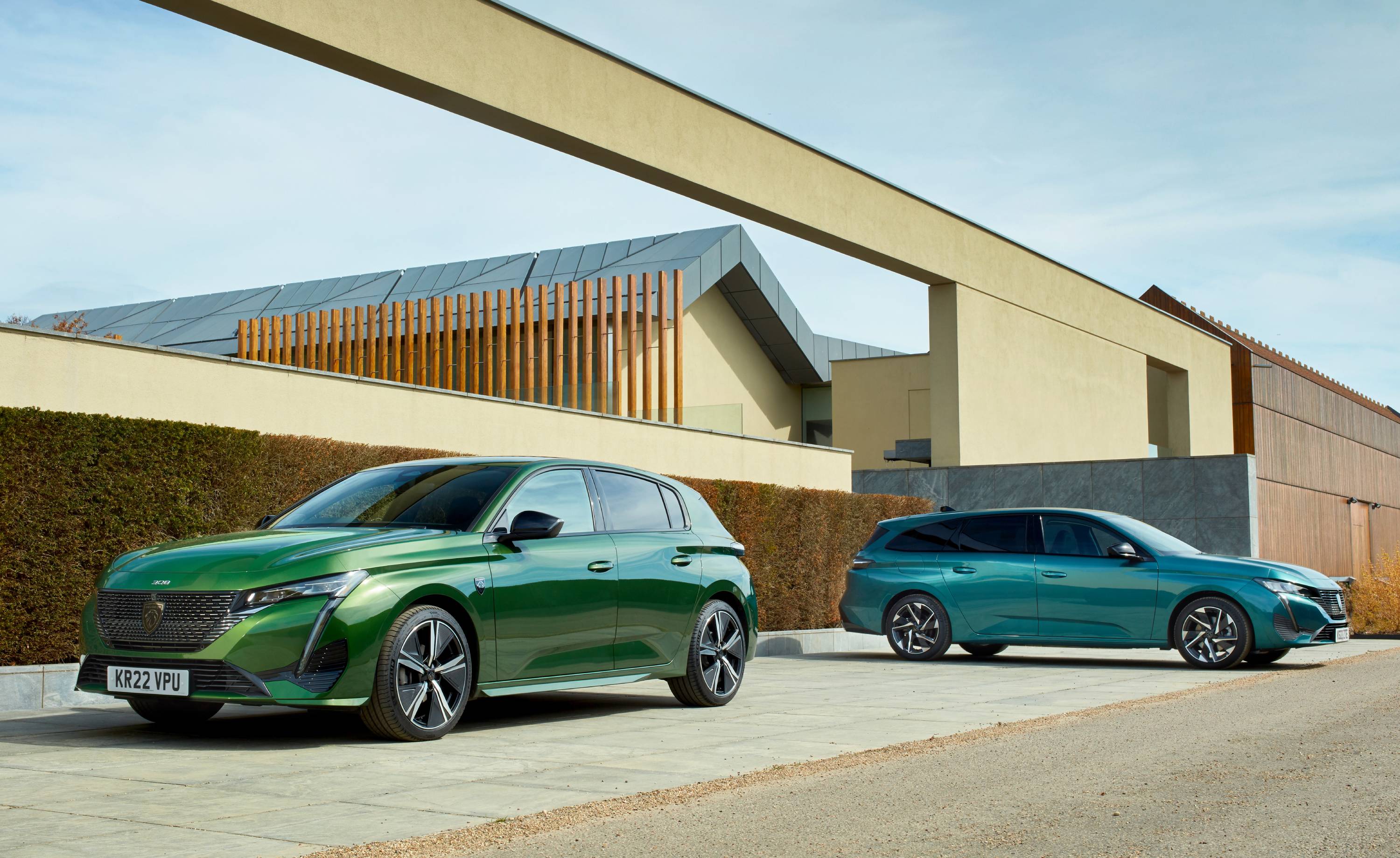 Peugeot’s sparky 308 gets hybrid power and handsome lines
Peugeot’s sparky 308 gets hybrid power and handsome linesThe Peugeot 308 proves that mass-market design needn’t be dull, blending hybrid power with sharp lines and excellent detailing
-
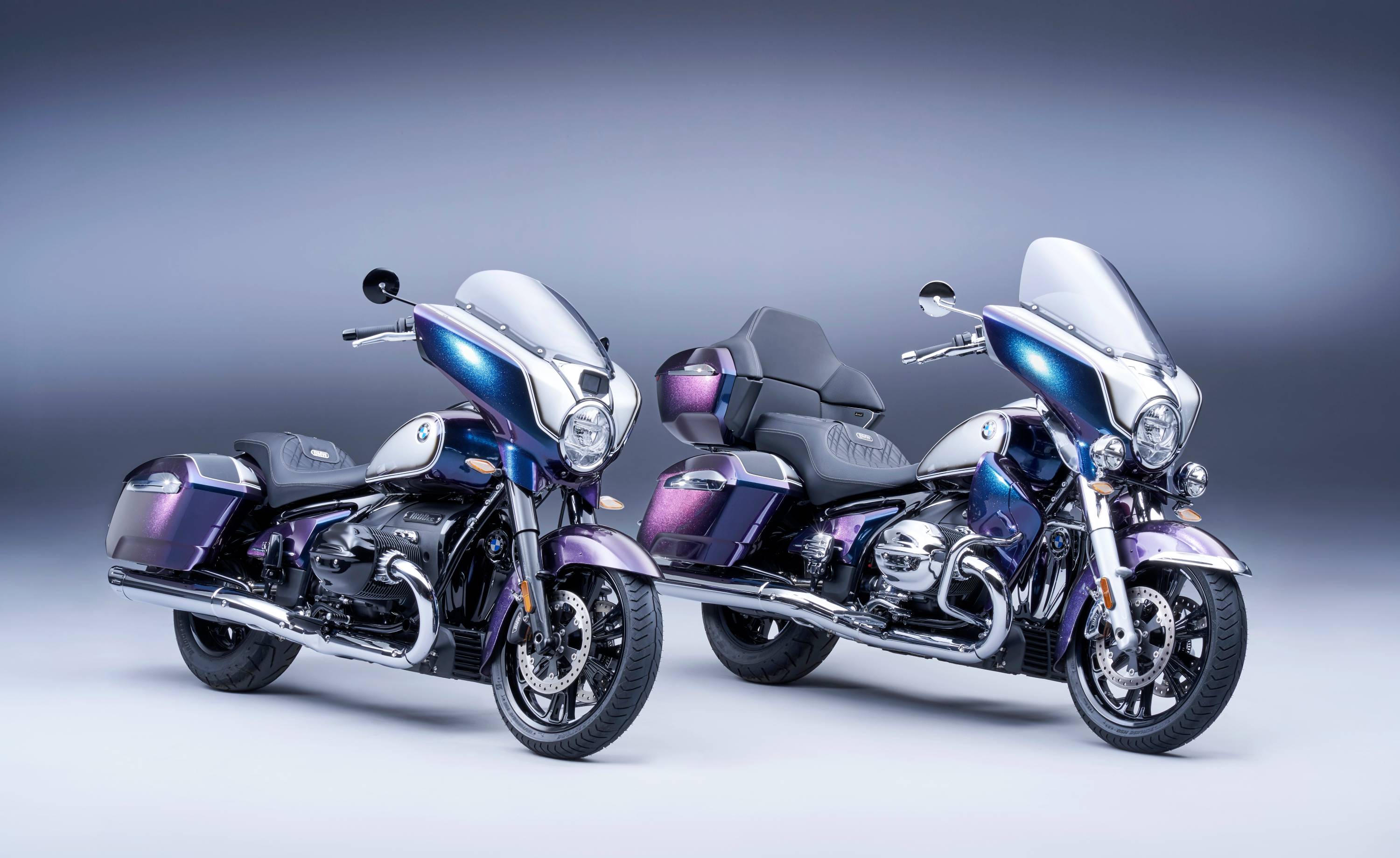 BMW Motorrad brings out the big guns for its newest cruisers
BMW Motorrad brings out the big guns for its newest cruisersBMW Motorrad R 18 Bagger and Transcontinental set the tone for high-voltage cruising with a brand collaboration with speaker specialist Marshall
-
 Dacia’s new Manifesto concept is a true outdoor utility vehicle
Dacia’s new Manifesto concept is a true outdoor utility vehicleUtilitarian auto brand Dacia sets a bold new agenda with its Manifesto, a concept car pitched at the active outdoor market
-
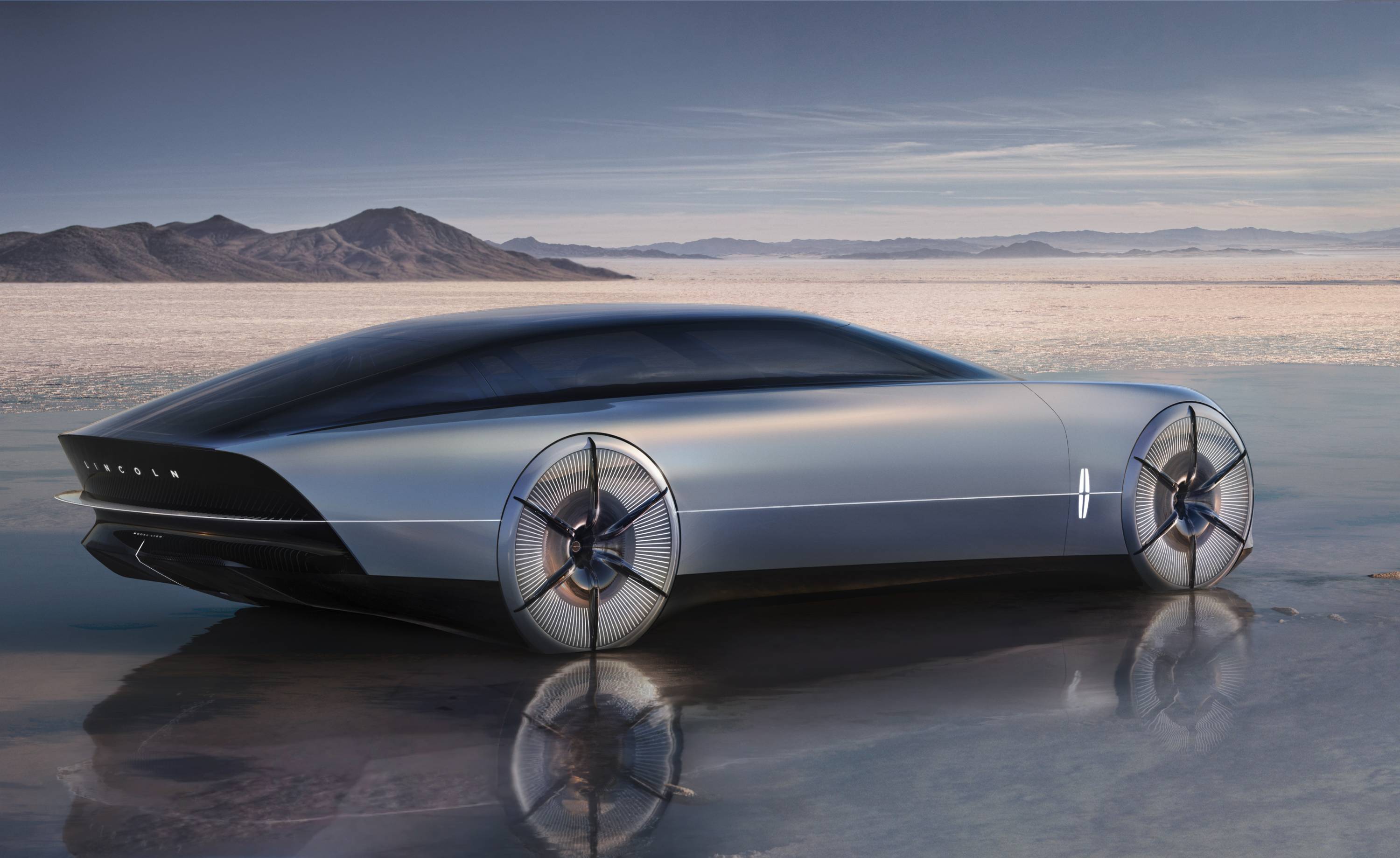 The sun sets on traditional supercars at California’s Monterey Car Week
The sun sets on traditional supercars at California’s Monterey Car WeekMonterey Car Week, the world’s most prestigious car gathering, is showcasing ever-more extravagant special editions, coachbuilt cars and all-new electric concepts. Here are seven key machines from 2022